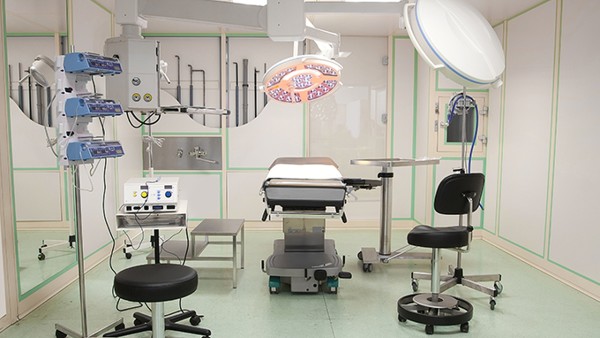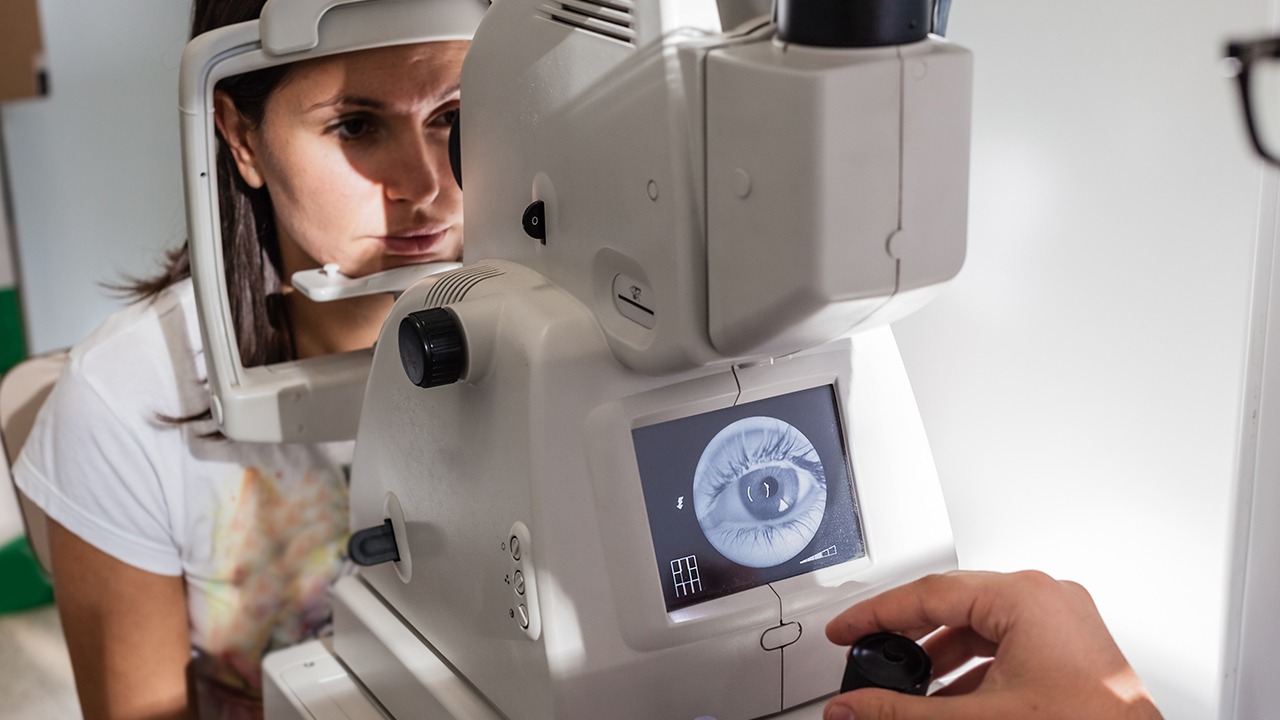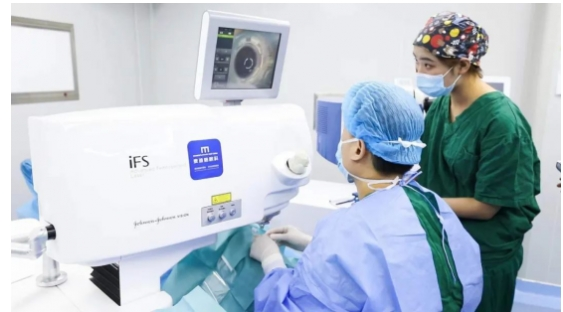How to Judge the Early and Middle Stages of Lymphoma

Lymphoma is a cancer that starts in the lymphatic system, which is a network of tissues and organs that help fight infection. Lymphoma can occur anywhere in the body, but it most commonly affects the lymph nodes, spleen, bone marrow, and digestive tract.
There are two main types of lymphoma:
Hodgkin lymphoma is characterized by the presence of Reed-Sternberg cells, which are large, abnormal cells that contain multiple nuclei.
Non-Hodgkin lymphoma is a more common type of lymphoma that includes a wide range of subtypes.
Lymphoma is staged according to the extent of the disease. The early stages of lymphoma are I and II, and the middle stages are III and IV.
Stage I lymphoma is confined to a single lymph node region or to a single organ outside of the lymphatic system.
Stage II lymphoma involves two or more lymph node regions on the same side of the diaphragm, or it involves a single lymph node region and an organ outside of the lymphatic system.
Stage III lymphoma involves lymph node regions on both sides of the diaphragm, or it involves the spleen, bone marrow, or other organs outside of the lymphatic system.
Stage IV lymphoma is the most advanced stage of the disease and involves widespread involvement of the lymphatic system and other organs.
The symptoms of lymphoma can vary depending on the stage of the disease. In the early stages, lymphoma may not cause any symptoms. As the disease progresses, symptoms can include:
Swollen lymph nodes
Fever
Night sweats
Weight loss
Fatigue
Loss of appetite
Abdominal pain
Nausea and vomiting
Diarrhea
Shortness of breath
If you experience any of these symptoms, it is important to see your doctor right away. Early diagnosis and treatment of lymphoma is essential for improving the chances of a successful outcome.
Diagnosis of Lymphoma
The diagnosis of lymphoma is based on a physical examination, a medical history, and a variety of tests, including:
Blood tests can help to identify abnormal levels of white blood cells or other substances that can indicate lymphoma.
Imaging tests, such as X-rays, CT scans, and PET scans, can help to identify the location and extent of the lymphoma.
Lymph node biopsy is the definitive test for diagnosing lymphoma. A lymph node biopsy involves removing a small sample of tissue from a lymph node and examining it under a microscope.
Treatment of Lymphoma
The treatment of lymphoma depends on the stage of the disease, the type of lymphoma, and the patient's overall health. Treatment options may include:
Chemotherapy is a type of drug treatment that uses chemicals to kill cancer cells.
Radiation therapy uses high-energy radiation to kill cancer cells.
Targeted therapy is a type of drug treatment that targets specific molecules or proteins that are involved in the growth and survival of cancer cells.
Immunotherapy is a type of treatment that uses the patient's own immune system to fight cancer.
Stem cell transplant is a procedure that involves replacing the patient's bone marrow with healthy stem cells from a donor.
The goal of treatment for lymphoma is to achieve remission, which is a period of time when there is no evidence of the disease. Remission can be achieved with a variety of treatments, and the length of remission can vary depending on the stage of the disease and the type of treatment.
Prognosis of Lymphoma
The prognosis of lymphoma depends on a number of factors, including the stage of the disease, the type of lymphoma, and the patient's overall health. The five-year survival rate for all stages of lymphoma is about 70%. The five-year survival rate for early-stage lymphoma is about 90%, while the five-year survival rate for advanced-stage lymphoma is about 50%.
How to Judge the Early and Middle Stages of Lymphoma
The early and middle stages of lymphoma can be difficult to judge because the symptoms can be vague and similar to those of other conditions. However, there are a few things that you can look for to help you judge the stage of your lymphoma:
The size and location of your lymph nodes. In the early stages of lymphoma, lymph nodes are usually small and mobile. As the disease progresses, lymph nodes can become larger and fixed in place.
The presence of other symptoms. In the early stages of lymphoma, you may not experience any other symptoms. As the disease progresses, you may experience symptoms such as fever, night sweats, weight loss, and fatigue.
The results of your tests. Blood tests and imaging tests can help to identify the location and extent of your lymphoma. A lymph node biopsy is the definitive test for diagnosing lymphoma.
If you are concerned that you may have lymphoma, it is important to see your doctor right away. Early diagnosis and treatment of lymphoma is essential for improving the chances of a successful outcome.
The above is all the content that the editor wants to share with you. I sincerely hope that these contents can bring some help to your life and health, and I also wish that your life will be happier and happier.
Topic: #the #early #judge- • What is the relationship between kidneys and prostate
- • What to do if the umbilical cord wraps around your neck in late pregnancy
- • How to reduce the impact of colds on the fetus during pregnancy
- • The best dietary therapy for neonatal hypoxic-ischemic encephalopathy
- • Detailed explanation of the causes of neonatal hypoxic-ischemic encephalopathy















